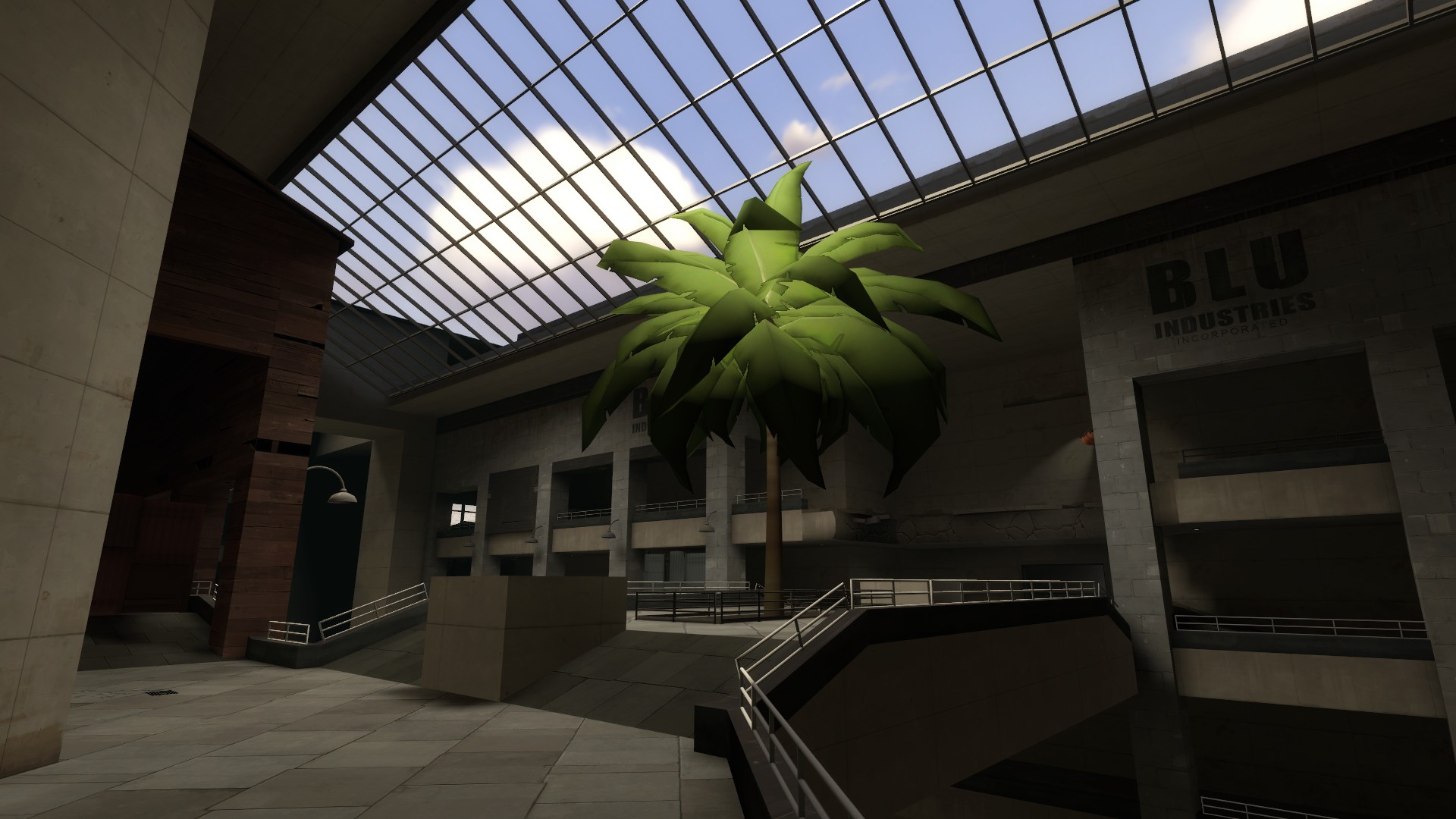Talking about the layout.
For a while now, every project I start ends up in trash. Even if I get notably far, I inevitably start thinking that it's "not good enough" and give up. I've almost never gotten past designing one control point.
So, I'm asking: What techniques do you employ to stop yourself from throwing a map away part way through?
For a while now, every project I start ends up in trash. Even if I get notably far, I inevitably start thinking that it's "not good enough" and give up. I've almost never gotten past designing one control point.
So, I'm asking: What techniques do you employ to stop yourself from throwing a map away part way through?




